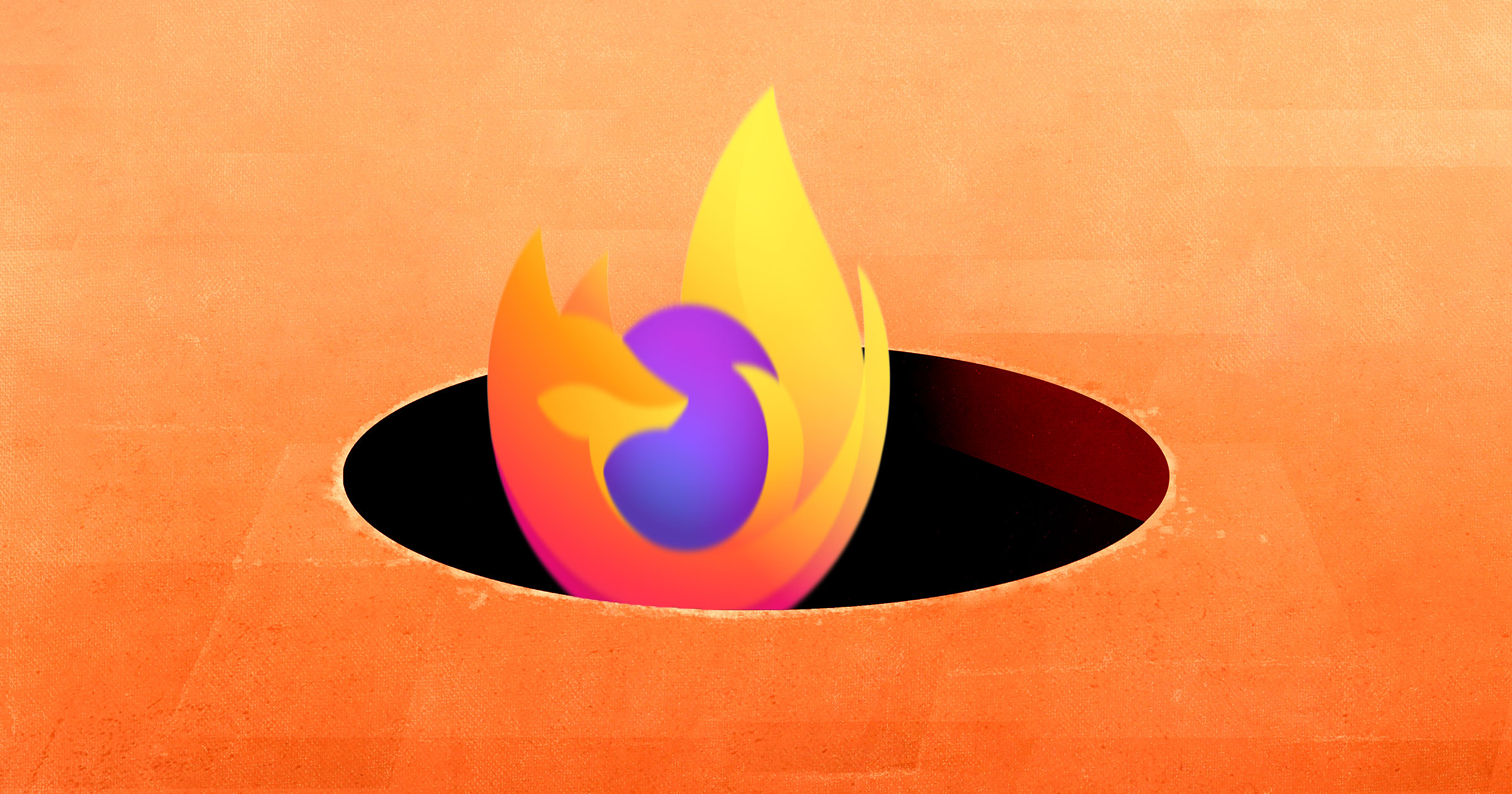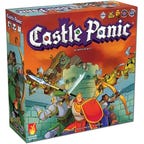
Castle Panic 2nd Edition
Best family game for young teams
Show more (7 items)
Years ago, just the idea of having regular family board game nights would have elicited overly dramatic sighs of despair from even the hardiest of family members. While games like Monopoly and Clue have their place, most of us can’t stand to play them every week for decades. Thankfully, modern board games are full of variety that makes playing them feel fresh each time you sit down. My family tries to play every Friday night, and with kids aged 5 to, er, 43, we need a lot of games to keep things entertaining.
What’s the best family board game?
When you want to involve the most family members of different ages, a game like King of Tokyo is the best place to start. It feels like a simple game for kids ages 8 and up, and it is, but it also has plenty of layers to make it a fun game for adults to be a part of. King of Tokyo has a lot of expansions as well, making it replayable, even if you play it every week.
What makes the best family board game?
The perfect family game needs to be:
- Accessible to a large age group
- Appealing to people with a wide range of interests
- Quick to set up
- Potentially easy to drop midway through
If you have younger kids or older adults intent on never learning new tricks, finding that balance of complexity for the invested and simplicity for the rest can seem impossible.
No single game does all of that, but these are the best games to accomplish each of those. I’ve played every one of these games, and I’ve played most of them dozens of times. After years of informal research playing board games, here are the best family games you can pick up right now.
Read more: Best Strategy Board Games
Best family board games
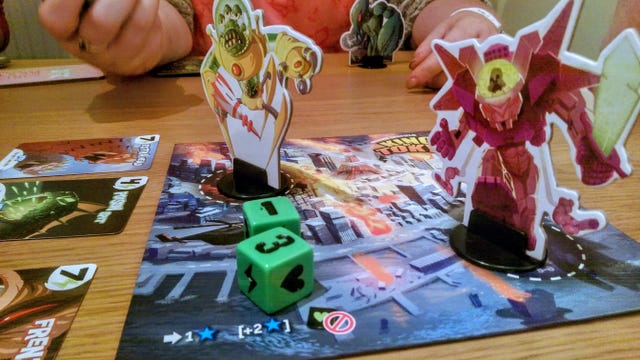
Like
-
Kaiju battles are fun for everyone
-
Good amount of luck to offset lack of skill
-
Colorful
Don’t like
-
Can feel simple for older families
King of Tokyo has been a longtime favorite family board game in our house because it’s easy to pick up (even for younger players), quick to play and still strategically satisfying. Each player takes control of a monster — think Godzilla or King Kong — and attempts to control Tokyo on the central game board. What ensues is a fun and often hilarious game of dice-rolling (imagine Yahtzee, but using dice with claws, energy bolts and points on them), aggressive play and chaotic attempts to wrest control of Tokyo from your competitors. The game ends when only one monster remains alive or when someone reaches 20 points. It’s simple but endlessly fun, even in a mixed crowd.
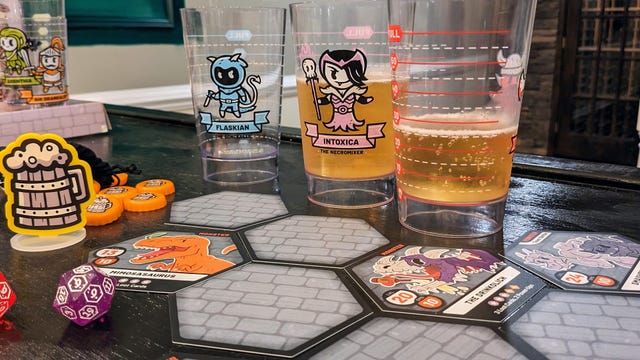
Like
-
Fantastic drinking game
-
Great for adults
-
Waterproof pieces
Don’t like
Heroes of Barcadia isn’t a normal family game; it’s an adult family game. The game is a cocktail of dungeon-crawling board-builder and a literal drinking game. You build your dungeon as you play and battle against your family, but because it is a drinking game, you use your glass to measure your hit points and drink when you take damage. It doesn’t have to be alcohol, but it’s a lot of fun when it is!
The best thing about the game is that it’s fully waterproof. Everything from the cards to the manual is made of a thin, flexible plastic that acts like paper but won’t be destroyed the first time you drunkenly spill your “health potion” all over it.
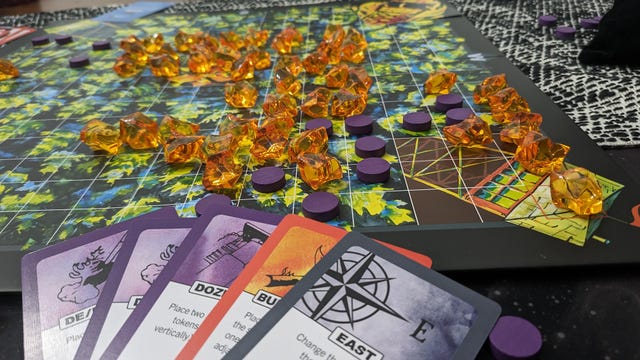
Like
-
Easy to learn
-
Beautiful pieces and artwork
-
Fast-paced
Don’t like
-
Only accommodates four players
My family and I recently started playing Fire Tower, and it has quickly become one of our favorites. My 5-year-old has a little trouble playing with the cards but loves the fire gems; we all do, really. To play, you have to defend your fire tower from the raging forest fire around you while pushing the fire to destroy the other players’ towers. There is a really fun luck component to the game, where the wind direction can be changed by the dice. This means a fire could sweep across in entirely new ways. It’s exciting and quick to play so makes a great lunchtime game.
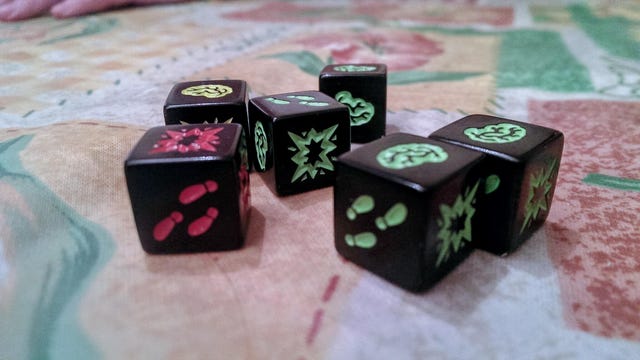
Like
-
Anyone can play
-
Super quick gameplay
-
Just rolling rocks
Don’t like
-
I wish the rolling box was sturdier
While the box says this game is for players 10 and up, I’ve found my 5-year-old more than capable of having lots of fun. Zombie Dice is a simple game where you are a zombie trying to eat 13 brains. To get those brains, you have to roll dice and try not to get shot or let your victims escape. It’s completely not gory so perfect for younger kids.
This is always one of our first games on game night, and we like to include a pot of candies that look like brains to make winning a round all the sweeter!
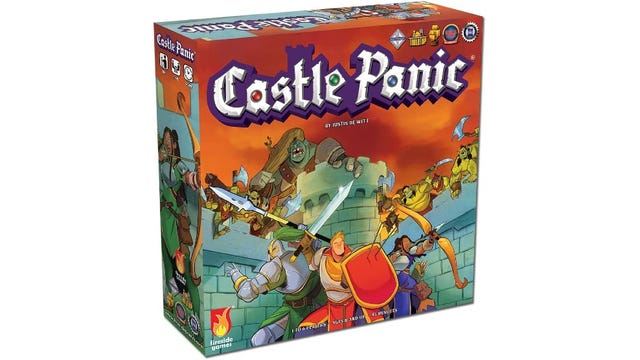
Like
-
Cooperative fun
-
Great visual artwork
-
Easy to learn
Don’t like
-
Lots of small, easy-to-lose pieces
While many casual video games have been based on board games, Castle Panic is the reverse. It’s based on those iOS tower defense games you see all over. As a family, you have to defend your castle from the horde of monsters coming from all sides.
Because the bad guys are based on dice rolls and follow set paths, there is no need for one person to be the baddie; everyone gets to be the hero.
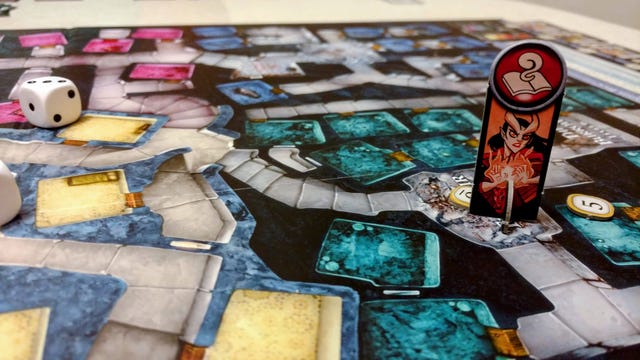
Like
-
Easy to pick up and play
-
Great intro to D&D ideas
-
Bright and colorful
Don’t like
-
Easy to damage cards and tokens
Dungeons and Dragons is a big, scary game that feels intimidating to get into, and Wizards of the Coast, the company that makes it, knows that. Dungeon is an entry-level game for ages 8 and up that introduces the concepts around D&D; things like fighting monsters for loot and rolling dice to simulate that combat.
The board is separated into different levels of difficulty, and the character you play will decide what difficulty you should be aiming for. This means that younger players can play without too much fear of loss, while older players can up the challenge rating.
Once you have mastered Dungeon you can move onto Adventures Begin, the next phase in your D&D introduction. Keep playing these games, and soon you’ll be playing full-blown D&D!
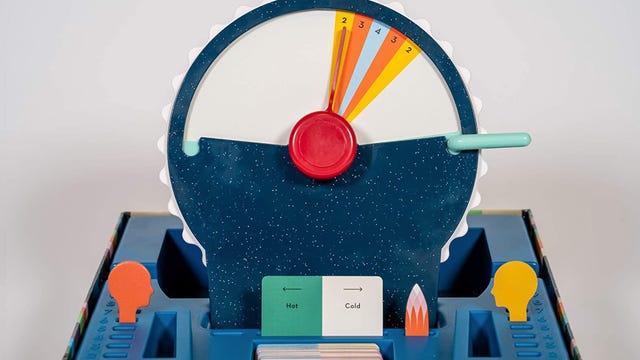
Like
-
Easy to pick up and put down
-
Fun dial mechanic
Don’t like
-
Harder to hold everyone’s attention
This is a super simple game to pick up and play and just as easy to drop when food arrives or people want to move on. Essentially, a card with two categories is revealed (say, “easy to sit on” or “hard to sit on”), and one player is shown a meter with a point somewhere between the two ends. They then must come up with a word that will get everyone else to guess where that point falls (for instance, if the point was close to “hard to sit on,” I might say “cactus”). It’s a simple game but quickly gets a group talking and laughing about the weird disagreements that never would have surfaced without Wavelength (like, “How hard is it really to sit on a cactus?”).

Like
-
Infinitely replayable
-
Easy to travel with
-
Loads of variations
Don’t like
-
Cards not waxed (can get damaged easily)
When my family and I want to play together but don’t want the hassle of getting a giant board out to play, we normally settle on one of the eight packs of Fluxx we own. Fluxx is a fast-paced, ever-changing card game that starts with a basic set of rules: draw one, play one. From there, everything about the game can be changed — from the goal required to win to how many cards you pick up each turn.
Fluxx also has a lot of licensing agreements, so it has a ton of variations. From Marvel Fluxx to Spongebob Fluxx and beyond, there is a version for everyone. There is even a drinking version that has waterproof cards for more adult families.
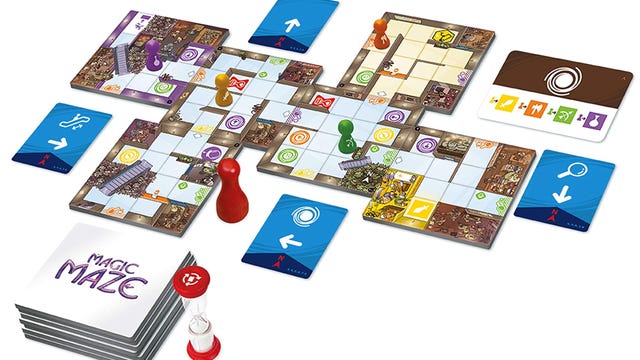
Like
-
Quiet game
-
Lots of teamwork
Don’t like
-
Harder for younger players to not speak
In Magic Maze, four wizards are trying to shoplift from a mall and escape before the time runs out. There are two problems: players can communicate only by passing a nondescript game piece back and forth (that means no talking or pointing), and each player is responsible for a movement rather than a character. Yes, that means one player is responsible for making every wizard turn left, use an escalator or just walk forward. What results is a near-silent, yet chaotic experience that will stretch your family’s nonverbal communication to its limit. If that’s the sort of thing you’re into, winning the game together is about as satisfying as board games get.
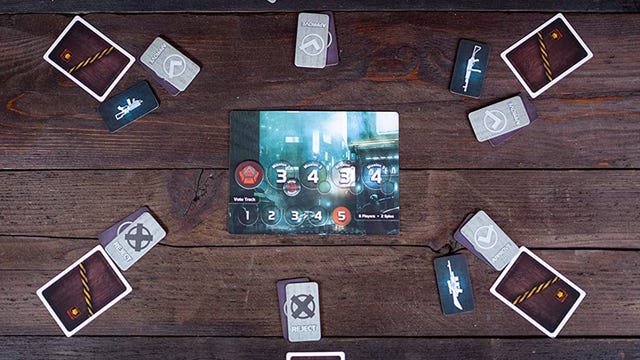
Like
-
Great for large groups
-
Lots of strategic play
Don’t like
Plenty of bluffing games are on the market, but The Resistance is one of the best for large groups. It’s a simple game of deception in which some players attempt to mount a resistance against an oppressive regime through covert operations, and the rest of the players try to stop them. Problem is, no one knows who’s who.
If you’re looking for something that is a little more of a strategy game with more depth (and maybe a little less character assassination to get your parents to believe you more than your siblings), Sheriff of Nottingham balances a fun market-building mechanic with the intrigue of sneaking goods past (or just bribing) whichever player is filling the sheriff’s shoes at the moment.
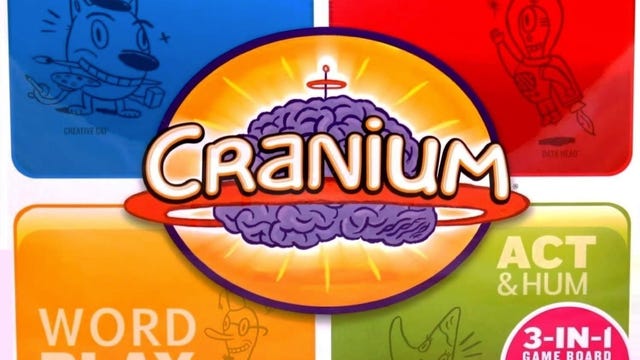
Like
-
Great for young kids
-
More than one game in the box
Don’t like
-
Will need to buy more clay at some point
Cranium is an oldie but a goodie: It’s perfect for bringing together kids as young as 5 or 6 with the rest of the family. This classic game includes everything from sculpting clay to Pictionary-like challenges and pop culture trivia. Hasbro has released a new version of Cranium called, aptly, New Cranium, with new games for the modern age.
If the kids you have in mind are a little older, an alternative might be Ticket to Ridea fun train-themed building game with simple enough mechanics for an elementary-age kid to enjoy, but enough complex strategy to keep everyone else interested.
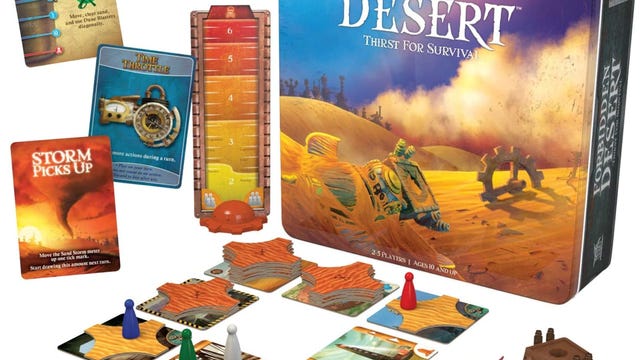
Like
-
Teamwork makes the dream work
-
A fun sense of impending doom
-
Tiles add variety
Don’t like
-
Can feel overly simplistic after repetition
Magic Maze may be cooperative, but the lack of verbal communication makes it feel less cooperative than other games of the same type. So I’m giving the title of Best Cooperative Game to Forbidden Desert. While it’s a fairly simple game to play, fun elements like the ever-shifting board and unique actions available to each player make this a fun game for mixed company. It has a wonderful sense of urgency too as the island is slowly sinking the whole time.
How we test family board games
As you can imagine board game testing is a grueling and often stressful experience. I’m kidding; testing board games is awesome. It is, however, subjective in a lot of ways. I tend to look at certain criteria as to what makes a board game “good, however.”
- Is the board and piece quality good?
- Are the instructions clear?
- How long does it take different age groups to learn?
- How long does the game take to play?
- How fun is it? (This is incredibly important)
- Can you replay it and it still feel fresh?
Because board gaming is a team sport, my family’s opinions are used to help me average out testing. While I may like a 5-hour-long game with 1,000 pieces, my 17-year-old son may not feel the same. Getting a good spread of opinions helps me find the best overall games in each category.



